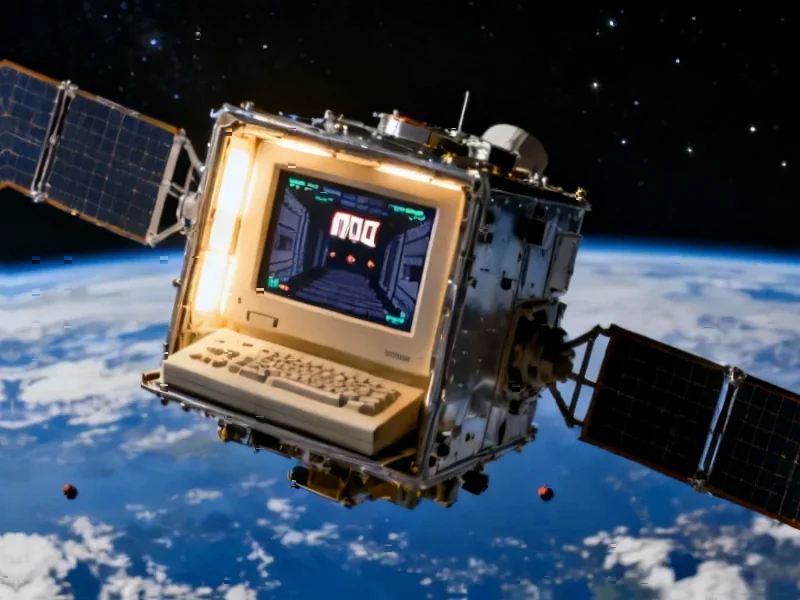According to SpaceNews, SES is leasing the entire Ku-band capacity on SKY Perfect JSAT’s Superbird-C2 satellite, which launched back in August 2008, to handle soaring inflight connectivity demand across Asia. The Luxembourg-based operator just absorbed Intelsat’s fleet in July, giving it around 90 geostationary satellites – roughly a third more than rivals Eutelsat, Viasat and Telesat combined. Despite this massive fleet expansion, SES needs third-party capacity immediately, with services starting this winter. Superbird-C2 will be moved from 144 degrees East to another undisclosed orbital slot over Japan. SES VP Adam Troy said they’re counting on two to three years of service from the aging satellite as it nears operational end-of-life.
<h2 id="demand-outstripping-supply”>When Your Own 90 Satellites Aren’t Enough
Here’s the thing that really stands out: SES just went from having a decent-sized fleet to operating nearly 100 GEO satellites overnight. That’s an enormous capacity increase. And yet… it’s still not enough. The aviation connectivity market in Asia is growing so fast that even this newly super-sized operator can’t keep up. Basically, we’re seeing a perfect storm of increased passenger numbers, wider wifi deployment, and streaming services becoming standard on aircraft. When you’ve got all that happening simultaneously, even a fleet that dwarfs your competitors combined still comes up short.
The Aging Satellite Play
Now, there’s something interesting about SES turning to a satellite that’s been in orbit since 2008. Superbird-C2 is definitely in its twilight years, yet SES is counting on it for another 2-3 years of service. This tells us two things. First, the demand crunch is so immediate that they can’t wait for new satellite deployments. Second, there’s value in these older birds that might otherwise be written off. But here’s the question: What happens when this temporary fix reaches its actual end-of-life? The clock is ticking on this solution.
Long-Term Partnerships Paying Off
The fact that SES and SKY Perfect JSAT have been collaborating for over 20 years really matters here. This isn’t some emergency deal between strangers – it’s partners who’ve worked together since at least 2016 on inflight internet. That long-term relationship probably made this capacity lease happen much faster than it otherwise would have. And SES is already leasing from three other SKY Perfect JSAT satellites, so the infrastructure and processes are already in place. When you need capacity yesterday, having established partnerships becomes your superpower.
What This Means for Your Next Flight
For anyone flying through Asia in the coming months, this deal should mean better, more reliable inflight internet. The surge in demand that SES is seeing? That’s us – more passengers expecting to stream, work, and stay connected at 35,000 feet. But here’s the reality: The satellite communications industry is playing catch-up with consumer expectations. We want ground-like internet experiences in the air, and the infrastructure is straining to deliver. This stopgap solution helps, but the underlying challenge isn’t going away anytime soon.




